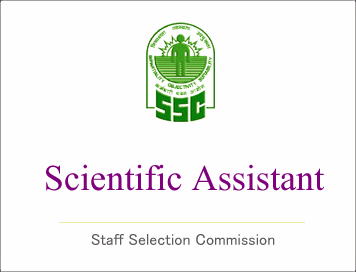Model Questions for Scientific Assistant (IMD) Exam (Paper-2) PHYSICS - Set 3
Model Questions for Scientific Assistant (IMD) Exam (Paper-2) PHYSICS - Set 3
Write and Discuss Your Answer with Q.No in Comment Box at the Bottom of Post.
1. __Based on a series of competent observations, multiple observers are in agreement about a certain phenomenon.
(A) Fact
(B) Hypothesis
(C) Law
(D) Scientific method
2. A statement about a relationship between natural quantities. The statement has been tested many times, and has not been contradicted:-
(A) Fact
(B) Hypothesis
(C) Law
(D) Scientific method
3. A framework that includes many well-tested and verified hypotheses about one or more aspects of the natural world--
(A) Fact
(B) Hypothesis
(C) Law
(D) Theory
4. A systematic methodology for gathering, organizing and applying knowledge--
(A) Fact
(B) Hypothesis
(C) Law
(D) Scientific method
5. An educated guess or explanation for an observation or experimental result. Not yet fully accepted as --
(A) Fact
(B) Hypothesis
(C) Law
(D) Scientific method
(EBOOK) SSC Scientific Assistant (IMD) Exam Papers PDF Download
Study Kit for SSC Scientific Assistant (IMD) EXAM
6. Art, religion and science do not necessarily contradict one another because--
(A) All Three Have Different And Mutually Exclusive Domains
(B) The Only Rational Course Is To Choose Science And Reject Religion And Art
(C) The Only Rational Course Is To Choose Science And Art And Reject Religion
(D) The Three Can Legitimately Work To Complement And Enrich One Another
7. A frame-work that is used to synthesize a collection of hypotheses and related information is called a--
(A) Hypothesis
(B) Fact
(C) Theory
(D) Law
8. Being knowledgeable about science, the arts, and religion, makes a person--
(A) Very Confused
(B) Truly Educated
(C) Very Ar Rogant
(D) Very Intelligent
9. A scientific hypothesis is--
(A) A Theory
(B) A Hypothesis
(C) A Frame-work
(D) An Educated Guess
10. The difference between science and technology is that technology deals more with--
(A) Space Aliens
(B) Development Of Scientific Theories To Address Human Needs
(C) Establishment Of Scientific Institutions To Address Human Needs
(D) Application Of Scientific Principles To Address Human Needs



